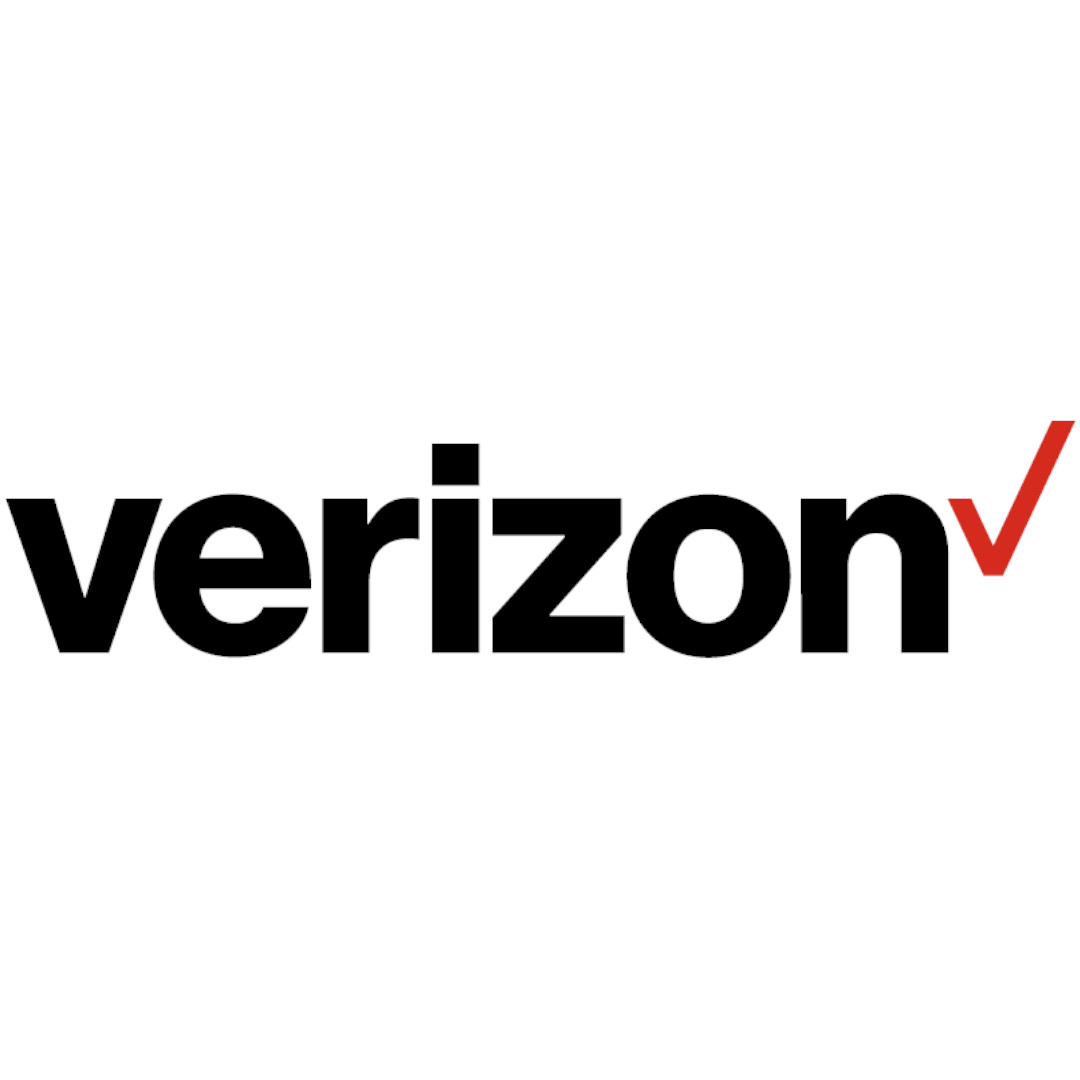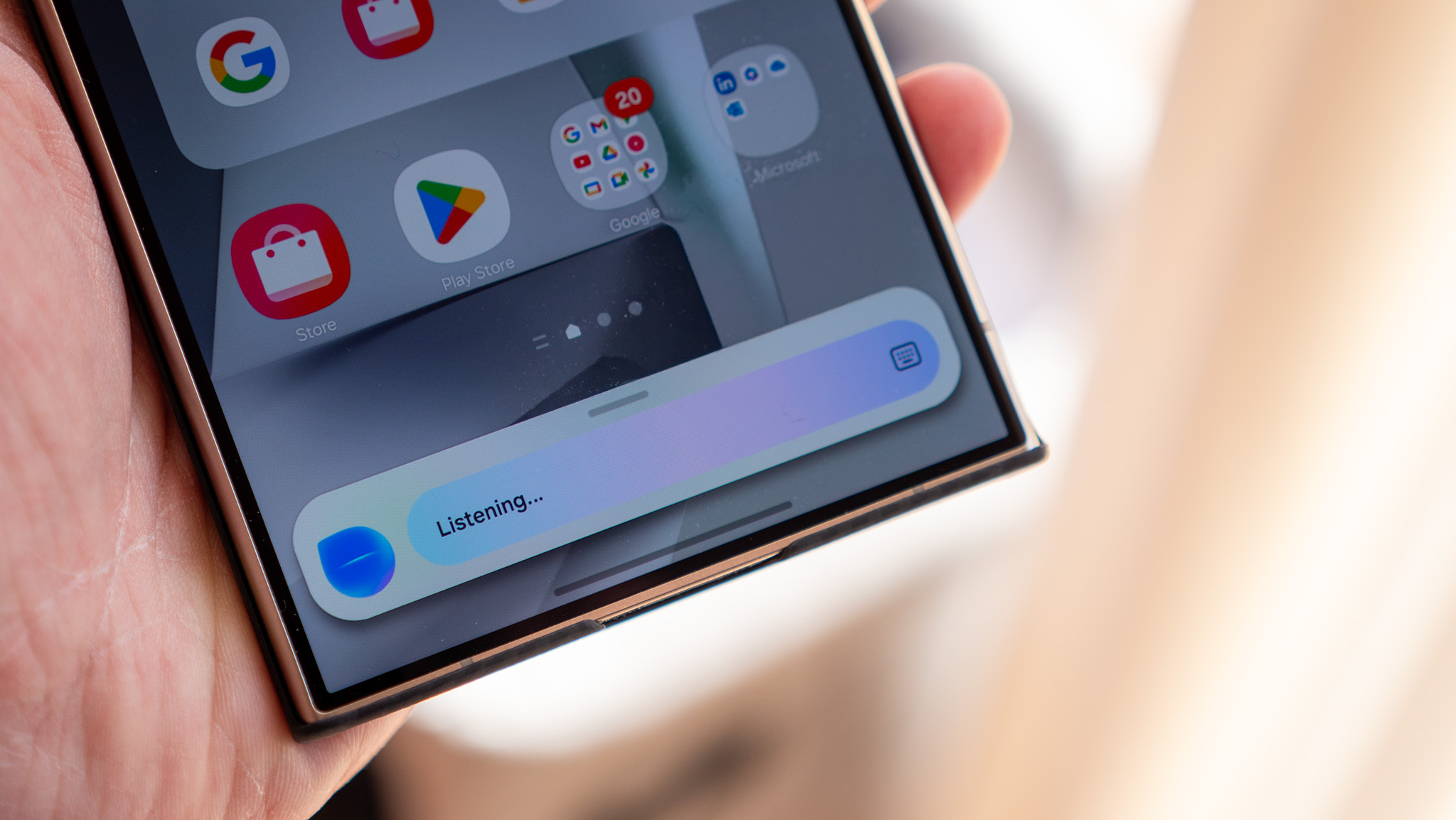Verizon 5G: Everything you need to know
Verizon's 5G network coverage keeps on improving with time.

The Verizon 5G network infrastructure has continued to grow and evolve since it was introduced. It started off via the super-fast mmWave spectrum, before moving on to the slower, but much more practical low-band nationwide spectrum. That being said, perhaps the most significant evolution for its 5G network came with the deployment of the C-band spectrum in early 2022.
This C-band spectrum now constitutes the most exciting portion of Verizon's overall 5G network, with rapid progress in deployment as well as a few small victories that have allowed the 'Big Red' carrier to increase the amount of spectrum used earlier than planned. Grouped under the 'Ultra-Wideband' moniker first used for mmWave, Verizon's tests have shown peak download speeds of up to 1.4Gbps on C-band with the 100MHz deployment.
As of September 2024, Verizon's Ultra-Wideband 5G network now covers almost 250 million people across the United States. If the carrier can manage to keep up pace, it should be able to give some real competition to T-Mobile's mid-band network in the coming years.
Where does Verizon have 5G coverage?
If you have a smartphone supporting Verizon's nationwide 5G network infrastructure and live in a big city, there's a pretty good chance you're covered. The network offers coverage in over 2,700 cities but as the speeds usually aren't much faster than what they're with LTE, most customers aren't really missing out on a lot. Compared to 5G coverage from competitor T-Mobile, it's still a little lacking but the groundwork for Verizon's long-term 5G ambitions is being laid. This nationwide 5G network shares its spectrum with the operator's existing LTE network infrastructure, with the tower(s) allocating spectrum as needed based on demand.
Verizon's most significant progress in 5G has come from 'Ultra-Wideband' network; luckily for most people, it's coming from C-band, not mmWave.
To see if you covered, check out Verizon's 5G coverage map.
Ultra-Wideband 5G
C-Band spectrum refers to a chunk of sub-6GHz spectrum that first became partially available in late 2021, with the rest opening up over the following year. This 3.7GHz to 3.98GHz spectrum allows Verizon to deliver speeds similar to those on T-Mobile's 'Ultra-Capacity' 5G network, using a different chunk of the mid-band spectrum.
Verizon initially had to launch C-band with 60MHz bandwidth while some industries that previously used the spectrum cleared the way. Verizon then announced that it had started deploying 100MHz C-band 5G in some areas, thanks to deals made with satellite providers, ahead of the planned December 2023 availability. This has allowed for speeds up to 1.4Gbps in Verizon's testing close to the towers, with 500Mbps possible further away. In August 2023, the carrier announced it had access to the rest of its allotted spectrum ahead of schedule.
In the coming years, Verizon will have access to 140MHz to 200MHz spectrum across the country as more spectrum becomes available. The C-band network is poised to become the backbone of Verizon's nationwide coverage, and the carrier is well on its way to making fast nationwide 5G access a reality.

Verizon's mmWave network has also continued to improve, with the operator adding new cities continuously. Services like 5G Home are helping people make use of all of mmWave's speeds, becoming a great alternative to cable internet. This spectrum is above 24GHz and offers huge open chunks, so it can support many simultaneous connections than what LTE or even nationwide 5G can.
Verizon's 5G Home internet service is also available to many customers, utilizing the carrier's Ultra-Wideband network to deliver unlimited fixed home internet. Using a modem mounted on or near a window, this network can deliver speeds close to or exceeding what are offered by cable competitors, especially with uploads. And unlike many cable providers, it's completely unlimited. That means you can stream, game, and download without worrying about exceeding your limits. It can be a great option for streamers and cord-cutters who want the best quality video.
Verizon 5G Home has two plans available, offered at monthly prices of $35 and $45 with Auto Pay discounts. If you're already a Verizon Wireless customer using one of the unlimited plans, you can get internet access for $35 per month. The service also comes with unlimited data and as much speed as the network can deliver, and you even get a free wireless router. The cheaper plan has a price guarantee of two years, while the more expensive option extends it to three years.
Which devices should I get to be 5G ready?

For the best experience on Verizon's 5G network, you'll want a device with support for all of Verizon's 5G bands. These bands include n5 and n66 for nationwide 5G, n77 for C-band, and bands n260 and n261 for mmWave. While many of the best Android phones support nationwide 5G, you'll want a smartphone with C-band support if you want to make the most of Verizon's network.
If you're looking to get some work done, Verizon has a couple of hotspots that can access its network. The Inseego MiFi X Pro 5G UW Hotspot supports all of Verizon's 5G network, so you can get as much speed as possible.
Which plan do I need for access?
All Verizon plans have access to the nationwide 5G network at no extra cost. If you have a phone that supports the network, you'll be able to access it without changing your plan or paying any extra. Still, opting for one of the best cell phone plans with plenty of premium data will help you get the most out of your 5G smartphone.
Currently, Ultra-Wideband 5G access is included with Verizon's 'Unlimited Plus' and 'Unlimited Ultimate' plans, which also come with 30GB and 60GB of premium mobile hotspot data, respectively. Both unlimited plans can also be coupled with a variety of bundled streaming services such as Disney+, Hulu, Netflix, Max (with ads), as well as other benefits like up to 100GB mobile hotspot data. You can get any of the offered perks at a price of $10 per month.
The starter 'Unlimited Welcome' plan only gets access to the nationwide 5G network, and it doesn't come with any premium data or hotspot data and has no streaming perks either. If you're looking for just the basics, it is a good place to start though you won't be making the most of the 5G network.
| Header Cell - Column 0 | Unlimited Welcome | Unlimited Plus | Unlimited Ultimate |
|---|---|---|---|
| Unlimited Premium data | No | Yes | Yes |
| 5G access | Nationwide | Nationwide and Ultra Wideband | Nationwide and Ultra Wideband |
| LTE/Nationwide 5G hotspot | None | 30GB | 60GB |
| Talk and text | Unlimited | Unlimited | Unlimited |
| LTE/nationwide 5G video | Up to 480p (SD) | Up to 720p (HD) | Up to 1080p (Full HD) |
| Mexico and Canada | Talk, text, and data | Talk, text, and data | Talk, text, and data |
| Apple One | N/A | N/A | Available |
| Disney+, Hulu, ESPN + | N/A | Available | N/A |
| Netflix, Max (with Ads) | N/A | Available | N/A |
| Walmart+ | Available | N/A | N/A |
| Home Internet | As low as $35/month | As low as $35/month | As low as $35/month |
Is 5G worth it for most people?
If you've purchased a new phone in the last couple of years, there's a good chance it supports 5G. While many people would have been fine with the speeds offered by the best LTE networks, there was a limit to how much the networks could support, and with usage increasing, the networks needed to evolve to support more data.
If you're happy with your non-5G device, 5G still isn't the reason to upgrade. There's a good chance you'll be able to get by completely fine on the older LTE network until you're ready to upgrade for another reason. However, if you are ready to upgrade, your next phone should really support 5G, especially as the best Android phones, and even many affordable options (e.g. Google Pixel 8a) support 5G.
Get the latest news from Android Central, your trusted companion in the world of Android

When Samuel is not writing about networking or 5G at Android Central, he spends most of his time researching computer components and obsessing over what CPU goes into the ultimate Windows 98 computer. It's the Pentium 3.
- Rajat SharmaContributor
- Patrick FarmereCommerce Editor

